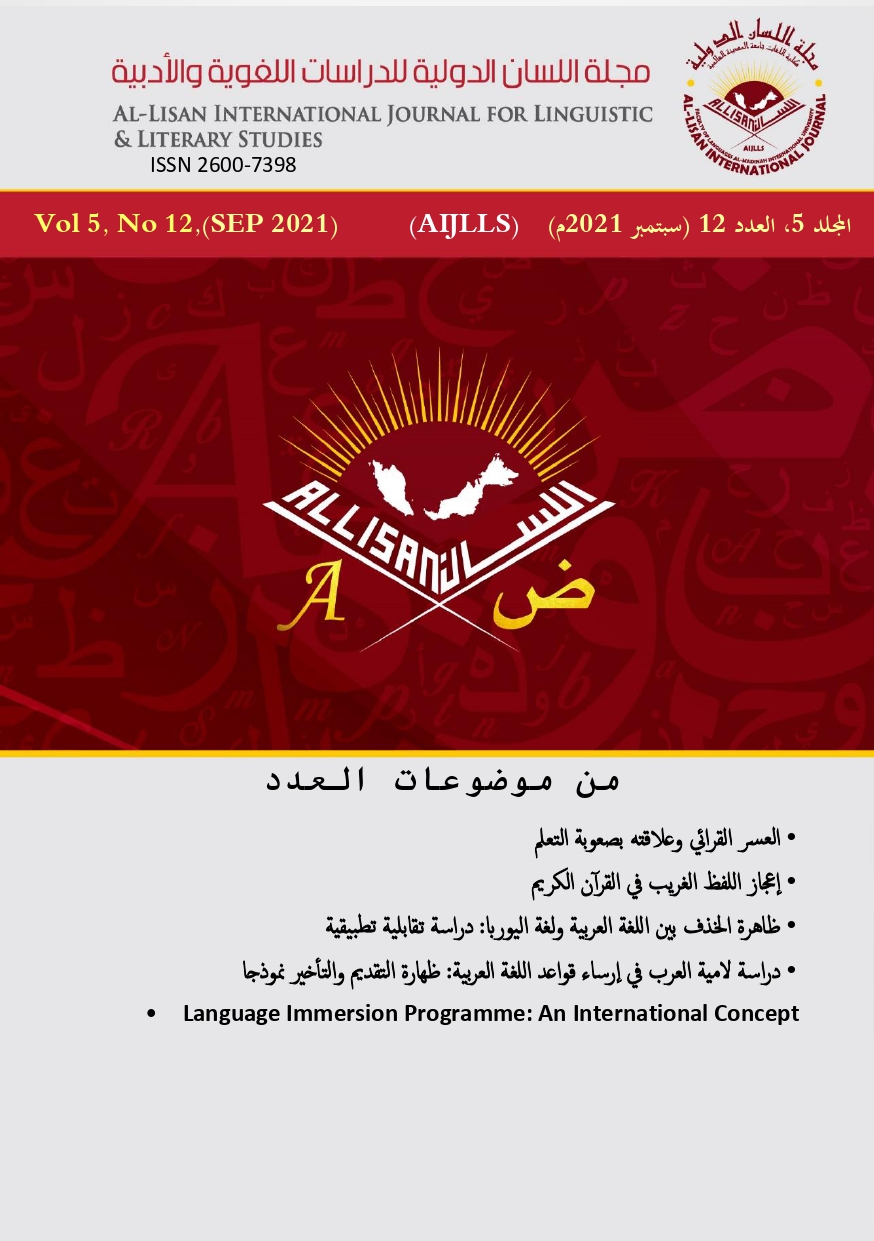COMPARATIVE ANALYSIS OF HISTORY CURRICULUM COVERAGE AMONG PUBLIC AND PRIVATE SCHOOL TEACHERS IN ILORIN, KWARA STATE
Main Article Content
Abstract
ABSTRACT: The general purpose of this study was to investigate the comparative analysis of History curriculum coverage among public and private school teachers in Ilorin, Kwara state. The descriptive survey method was adopted for this study. The population comprised of all History teachers in Public and Private Schools in Ilorin, Kwara State. The sample were forty History teachers that were randomly selected from secondary schools in Ilorin, Kwara State. Forty history teachers were selected to participate in the study from 20 public and private secondary schools in Ilorin. The data collected were analyzed using statistical tools such as frequency table, mean, and standard deviation to answer research questions. A statistical tool of independent sample t-test and analysis of variance were used to test the hypotheses. All null hypotheses were tested at 0.05 level of significance. The findings revealed that there was variability in the extent of History curriculum coverage in secondary schools across Ilorin, Kwara State. This indicates that while some schools are thorough in their curriculum delivery, others are falling short. This inconsistency suggests a need for more standardized approaches to ensure all students receive a comprehensive History education. It was also discovered that there is no significant difference in the History curriculum coverage among public and private school teachers in Ilorin Kwara State based on gender. There is no significant difference in the History curriculum coverage among public and private school teachers in Ilorin Kwara State based on year of teaching experience. Based on the findings and conclusion it was recommended that Students should prioritize utilizing available library resources and maintaining a conducive study environment to enhance their academic performance. Teachers should integrate innovative teaching methods and regularly update their teaching strategies to cater for diverse learning needs and maximize student engagement. Parents should actively support their children's education by fostering a supportive home environment and engaging with teachers to monitor their academic progress.

